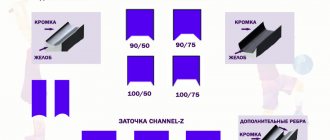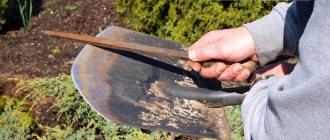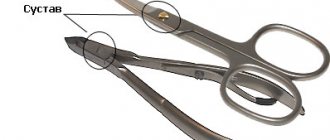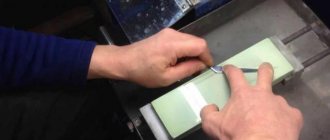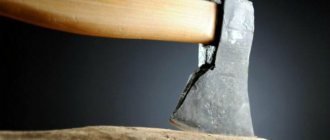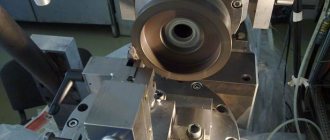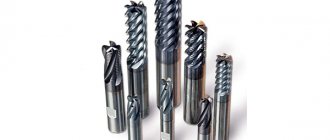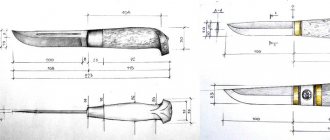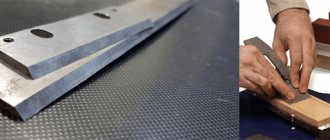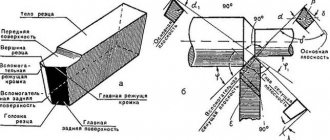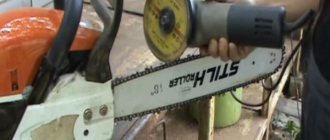Proper sharpening of hockey skates
How to sharpen hockey skates correctly, what type of sharpening to choose, if a groove, which one, this is exactly what we will talk about today in this article.
Sharpening skates requires not just the ability to sharpen, but also good knowledge about the skating process. Because skates are sharpened specifically taking into account the specifics of skating. But there is too little information about this, and it is not so easy to find.
It's great to be able to skate professionally. This skill is especially important for hockey players. Today we will talk about how to sharpen hockey skates; properly sharpened skates help players make significant progress in their skating skills.
Pros of high-quality sharpened skates:
- balance and better blade control;
- faster and better glide;
- better acceleration and faster spins;
- confidence in your skating and enjoyment of the process.
Types of hockey sharpening:
- Standard sharpening of skates is when the groove of the blade is sharpened in a semicircle inward. Has a rounded channel.
- Channel-Z is a unique sharpening, its uniqueness is determined by the fact that it also has a groove, as in the first version, as well as another groove with a square channel in the middle of the usual groove.
- FTB (flat bottom v) - this type of sharpening is very rare! It is sharpened only on American machines; this type of sharpening is not common in Russia.
Now I’ll tell you a little more about each type of sharpening. The standard channel is sharpened on machines, both manual SSM and the like, and automatic ones, like PROSHARP. It is the most common and tested by everyone who has tried skating. Its reliability is not even discussed. The main thing here is that the depth of the groove corresponds to the weight and some other specific properties of the skater.
Properties are defined like this.
Firstly, before sharpening, they determine where the person will skate (on the hard ice of a street skating rink or on the artificial ice of an indoor Ice Palace)
Secondly, if a person plays hockey, then his position during the game is determined (in attack or defense).
Thirdly, the player’s weight is specified. There is one more property, but it applies to figure skaters (figure skating), skating is specified here; with or without jumping.
Table of standard grooves for sharpening hockey skates:
Now let's talk about the so-called Z sharpening . It completely solves the problem of slippage and makes it possible to sharpen a groove that is shallower than the standard sharpening that is applicable to you or the one that suits you, without losing stability. The characteristics of this type of groove are simply excellent. It was tested for a long time on professional players in Europe, they came to the conclusion and proved that it is far superior to the standard groove in all respects. The groove looks roughly like a groove within a groove. Again, it has a standard round groove and a square channel inside the standard groove.
Let's consider the Channel - Z groove: just like the standard groove, it is selected according to all the properties that were indicated earlier, but with the lowest coefficient, i.e. with a lower numerical value. The channel that is located inside the groove is designed to help with skating manipulations and does not resist without maneuvers. During any maneuvers, the legs bend when pushing and turning, thereby affecting the internal channel - z, which with its corners additionally clings to the ice, like a lion biting into its prey with its teeth. There is also a void left in this channel, which is filled with water from melting the ice during friction against the blade. This melted water provides additional lubrication when skating, thereby reducing friction. Sharpening Channel - Z has three options "S, M, L". Channel - Z "S" is the narrowest channel, "M" is the middle one, and "L" is the widest one. Figure number 2 shows all 3 options. This type of sharpening, which is much more difficult to sharpen, requires a lot of time and resources, such as a sharpening disk installed in the machine and a diamond that fills the stone, cutting the corners of the stone in a cascade, giving these a double groove. This explains the price of sharpening. It wears out the elements used for sharpening much faster.
FTB - I can’t say much about this type of sharpening, due to the fact that I have never contacted it, but I read about it on American and Canadian sites. Many teams in the NHL use it, most players really like it, of course there are negative reviews. As they say, you can't please everyone
